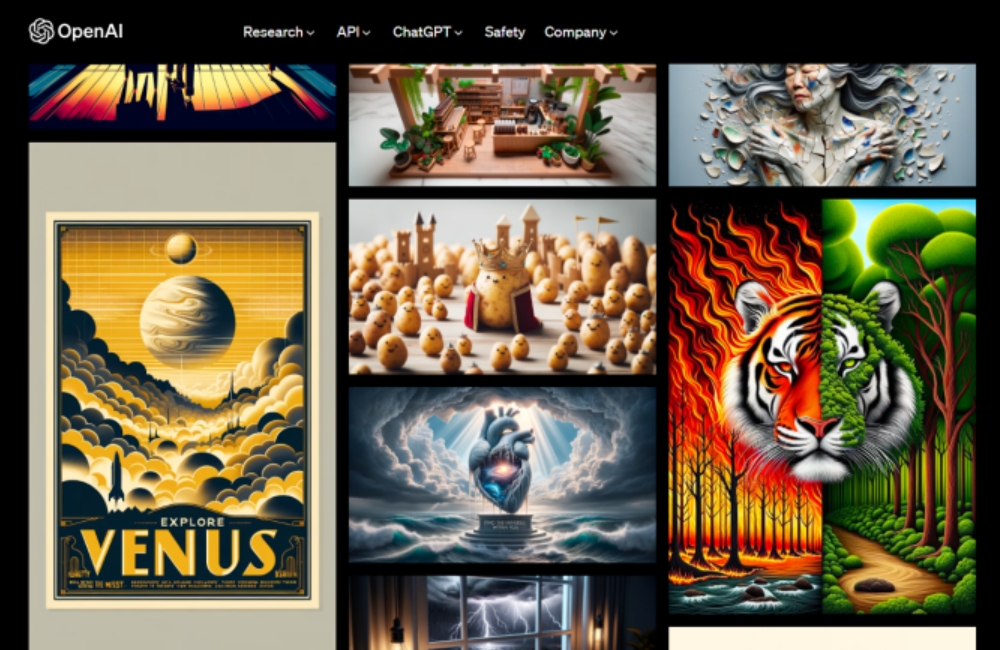OpenAI Introduces DALL-E 3, AI Art Integrated with ChatGPT

OpenAI, a leading organization in artificial intelligence research, has recently announced the release of DALL-E 3, the latest version of its AI visual art platform. This new iteration brings forth several advancements, with a particular emphasis on its integration with the chatbot, ChatGPT.
Creating images using conversation, not prompts
The standout feature of DALL-E 3 is its deep integration with ChatGPT. This allows users to generate prompts for DALL-E 3 through a conversational interface, eliminating the need for crafting detailed descriptions manually.
By interacting with ChatGPT, users can produce a comprehensive paragraph, which DALL-E 3 then interprets to create art. This enhancement simplifies the user experience and ensures that the generated artwork aligns more closely with the user's intent.
In a demonstration, Aditya Ramesh, the lead researcher of the DALL-E team, showcased the potential of this integration. He engaged with ChatGPT to design a logo for a hypothetical mountain-based ramen restaurant.
The result was a vivid image of a mountain with ramen-themed features, highlighting the synergy between ChatGPT's textual understanding and DALL-E 3's visual generation capabilities.
How does it compare to other image generation tools?
Midjourney has emerged as one of the prominent players in the AI-generated art landscape. Recognized for its innovative approach to visual content creation, Midjourney has garnered attention for its ability to transform textual prompts into intricate visual compositions.
DALL-E 3, integrated with ChatGPT, offers a conversational approach to art generation, aligning closely with user intent and emphasizing robust safety measures.
In contrast, Midjourney, a recognized player in AI art, relies on traditional prompt-based creation, delivering consistent artistic outputs with its own set of safety protocols.
The progression of DALL-E
Since its inception in January 2021, DALL-E has undergone significant evolution. While the second version, released in 2022, was a step forward, it occasionally misinterpreted specific prompt wordings. DALL-E 3, however, showcases improved contextual understanding, leading to more accurate and contextually relevant visual outputs.
A report from WIRED emphasized the user-friendly nature of DALL-E 3. With the support of ChatGPT, intricate "prompt engineering" is no longer a necessity.
ChatGPT shoulders the responsibility of crafting detailed prompts, resulting in intricate and coherent artwork.
Safety measures and ethical stance
Addressing potential concerns, OpenAI has incorporated robust safety protocols in DALL-E 3. The organization collaborated with external experts to rigorously test the system's safety. Input classifiers have been employed to guide the model away from generating explicit or potentially harmful imagery.
Additionally, DALL-E 3 is designed to avoid recreating images of public figures when their names are explicitly provided in the prompt.
In light of copyright concerns, OpenAI has also introduced a mechanism for artists to opt out, allowing them to request the removal of their artwork from future training datasets.
As the boundaries of AI continue to expand, the collaboration between textual and visual AI models, as seen in DALL-E 3 and ChatGPT, promises a future of innovative and accessible art generation.